International Heritage Centre blog
'Our Salvation Christmas Tree'
“Our Salvation Christmas Tree”
In 2019 I was invited by the University of Leicester (where I am an honorary fellow), to give a paper at the December meeting of their postgraduate New History Lab on the subject of The Salvation Army and Christmas. I was interested in looking at some of the different ways The Salvation Army presented itself at Christmas and I drew on our extensive holdings of periodicals published in the last decades of the C19th and the first decades of the C20th, principally The War Cry (which was topical as 2019 was the 140th anniversary of The War Cry). This blog brings together some of the different aspects I identified which made up a Salvation Army Christmas.
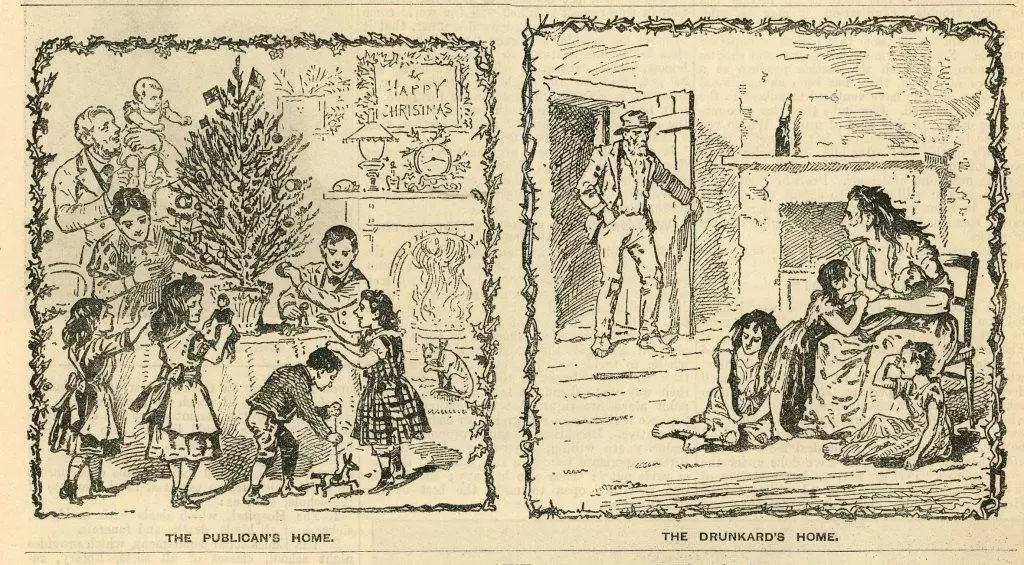
A Temperate Christmas
The Salvation Army has been committed to total abstinence from alcohol since the 1870s and was embedded in the Victorian temperance movement. The traditional celebration of Christmas often took people outside the normal rules of behaviour and could be a riotous time, with heavy drinking a key feature of its celebration. The Temperance movement specifically set out to promote a Christian, teetotal Christmas in its place. In 1892 William Booth commented on the present state of Christmas celebrations: “The real old original Christmas […] has been so thoroughly perverted and debauched as to make it a curse rather than a blessing [..] we should do better without any Christmas at all than with the social revelry which passes for it now. […T]he ‘Drink Traffic’ […] is largely responsible for depriving multitudes about us of their Christmas, and for replacing the praises and thanksgivings, and worship and service of God and humanity with drunkenness and the long string of vices and abominations which follow in its track.” The Christmas edition of The Local Officer magazine for members of The Salvation Army advised readers of its Health Hints column of the threat posed to the teetotaller by the temptations of Christmas. “Men who have signed the pledge and managed to keep teetotal right up to December 24th have often, on that date, yielded to pressure and flung self-control to the winds […] there probably are, in every case, certain things which we know we are better without, yet we like them; and at Christmas we are more liable than at any other time to indulge and consequently to suffer.” However, the hints then go on to give more surprising advice on avoiding the temptation to relapse into eating what it calls ‘flesh foods.’ In this period The Salvation Army heavily promoted a vegetarian diet among its members and officers, and the Salvationist is encouraged to “stick to your resolution” in the face of “friends urg[ing], ‘you must have a bit of turkey [..] It wouldn't be Christmas without turkey.’ It goes on to advise that “Yorkshire pudding, lentil or pease pudding [or] stewed macaroni […can] so easily take the place of meat.”
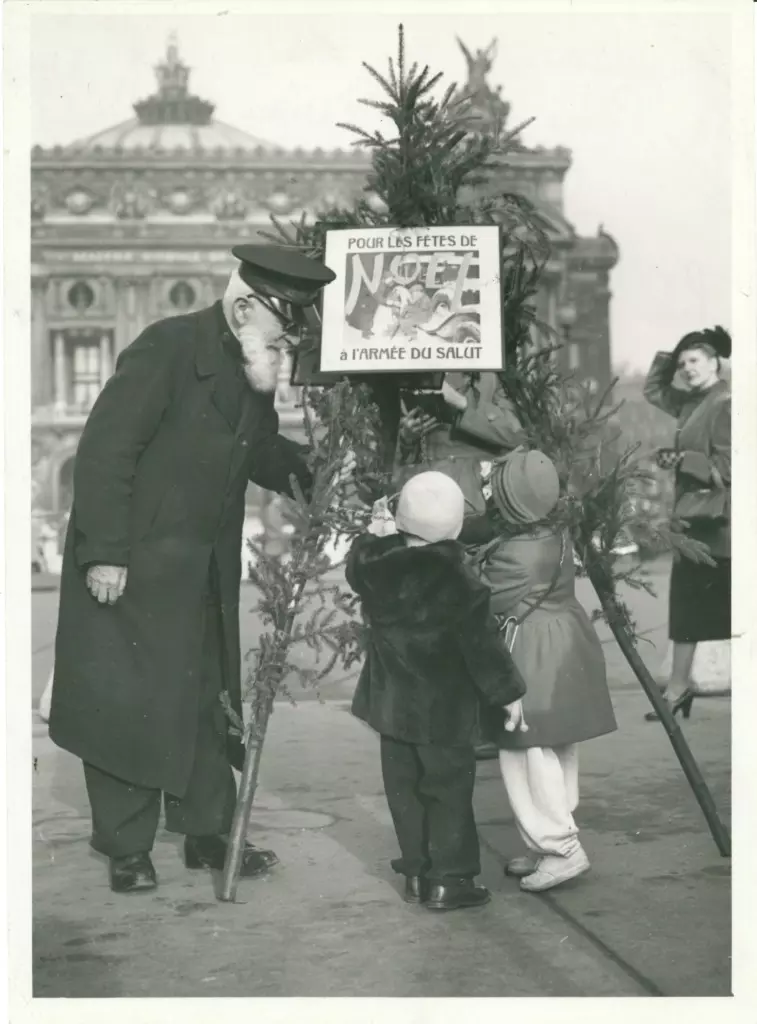
A Festive Christmas
The pages of Salvation Army periodicals are rich with advice and guidance on how to make the most of the Christmas period. By the end of the Nineteenth Century The Officer magazine for Salvation Army clergy recognised that “If at Christmas our Hall remains dull and drab of aspect, and out of keeping with the general endeavour to embody the prevailing spirit of good cheer, it cannot be surprising if many of our own people should find their family gatherings and social reunions more attractive than Christmas Meetings” and similarly an article entitled ‘How to Attract the Christmas Crowds’ from 1904 asked “Can we not learn something from the world of business and pleasure that will help us on the question” and guidance was forthcoming with suggestions for wreaths and drapery in the meeting hall. Thrift was the watchword here and advice was given to make wreaths from the discarded waste from evergreens and holly to be acquired by ‘an appeal to the friendly proprietor of an estate in the neighbourhood.’
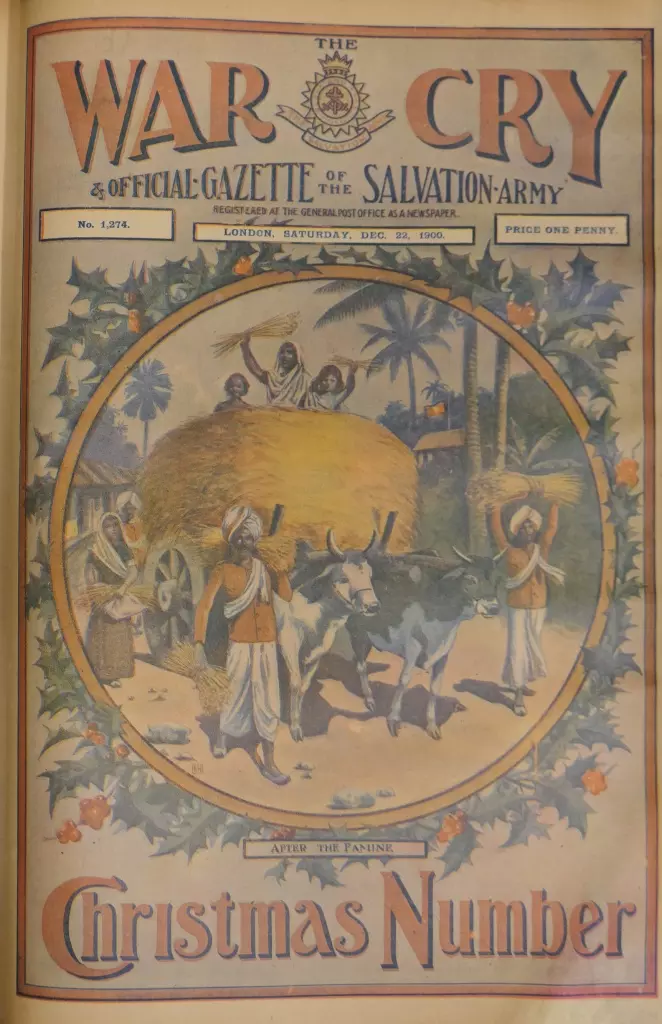
A Fundraising Christmas
The War Cry has had a decorative and eye-catching Christmas cover ever since its first Christmas issue in 1880, which carried black and white etchings of William and Catherine Booth. The first ever colour War Cry cover was for Christmas 1900, juxtaposing traditional European holly with a scene from India. The issues running up to Christmas carried advertisements for goods sold by The Salvation Army which could be bought as ‘Presents for Xmas.’ In 1903 there appeared a full-page advert for books written by General Booth, a biography of his late wife and recent song books, 1899 saw a page illustrating a whole range of articles available from The Salvation Army’s trade department, including singing clocks, slippers and mandolins. In 1911 the Trade Department took advantage of its new, purpose-built premises in Judd Street to open its first Christmas ‘Giftorium’, where the Salvationist could buy all their Christmas presents. Such was the popularity of the Giftorium that in 1912 an advert asks the question “Will there be a Giftorium this year?” and emphatically responds “the answer is yes!” Alongside the long list of toys available from the Giftorium, the advert goes on to stress that in keeping with the Salvation Army’s commitment to pacifism, “There will be neither guns nor fighting soldiers. The Army is against the kind of War that kills people.” The 1912 Christmas Trade Journal even included images of Father Christmas shopping at the Giftorium for all his presents. The Bandsman and Songster for 13 December 1913 goes into detail about the Giftorium in that year. “The Showrooms of The Salvation Army Supply Stores are… Tastefully and seasonably decorated… In addition to floral and rustic decorations, there is a fine representation of a waterfall coursing musically through a mountain crevasse. Another ingenious feature is the snow-covered windmill whose planes, illumined with multi–coloured lights, revolve by electric power. The Good Ship ‘Santa Claus' has arrived at Judd Street harbour with a cargo of excellent gifts from everywhere! […] The 'rig-out' of the steamship, with its entirely marine setting, is very realistic. To port and starboard the life-boats hang on their davits to ensure the safety and comfort of passengers, while members of the crew will give children a free swing in the boats […] That good old mariner, Captain Christmas, paces the bridge […]The S.S. 'Santa Claus' can be boarded in the 1st floor Showroom.” It’s regrettable that no photographs survive of the Giftorium and it seems to have been a casualty of the First World War as it did not reappear in 1914 or afterwards.

Christmas Tree believers
The theme uniting all these different Salvation Army Christmases is the celebration of Christ’s birth. Its Local Officer magazine for 1903 reminded its readers, “Do not let us regard Christmas as merely or chiefly as a time when we give one another gifts, and eat, drink, and are merry without stint. […] Jesus was born at Christmas. We are keeping His birthday. Let us then make Him the central guest at our table.” The 1885 Christmas edition of The War Cry, carried a front cover illustration of the crucifixion with a Christmas Tree and the Christ child in his manager. The article sustains a metaphor where the Christmas Tree stands for Jesus and its cutting down for his death on the cross: “The Salvation Army have been Christmas Tree believers for eighteen hundred years. Our Salvation Christmas Tree has never disappointed us”. This continues a theme begun in the very first Christmas edition of The War Cry, in 1880, which carried an illustration of the nativity captioned ‘The Salvation Stable’ and an accompanying article by General Booth on ‘The Christ Child.’
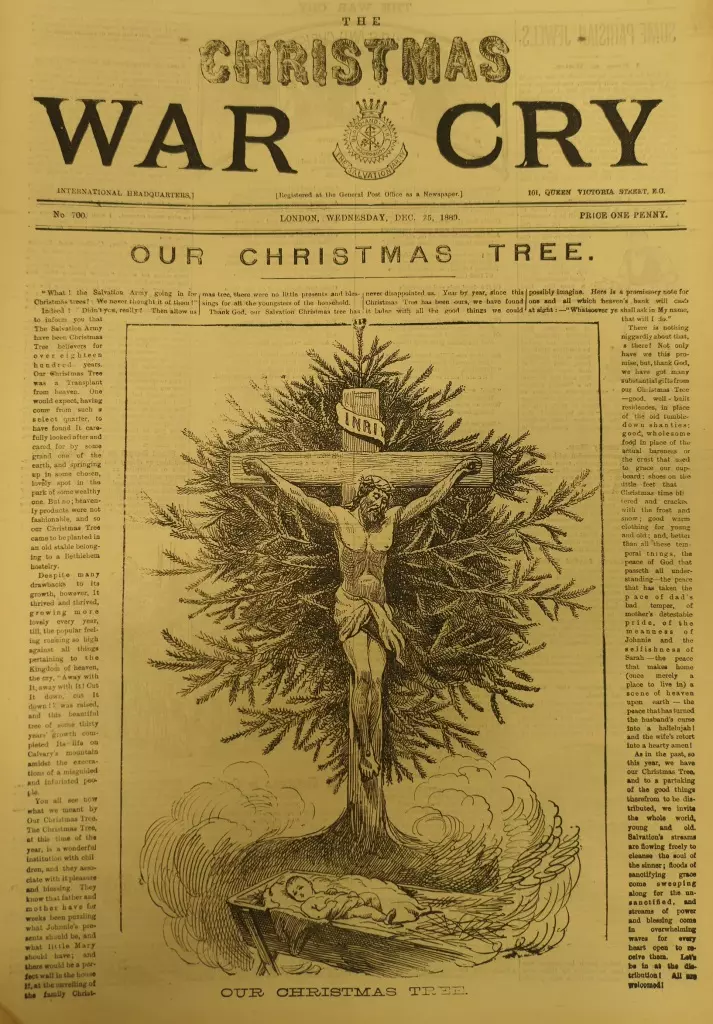
Steven
December 2020
Read other blogs from the Heritage Centre
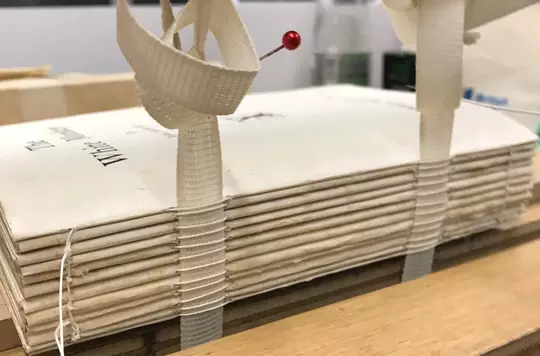
Getting Under the Covers in Book Conservation
This month Archive Assistant, Chloe, relates her experience at CityLit's interventive archival conservation course.
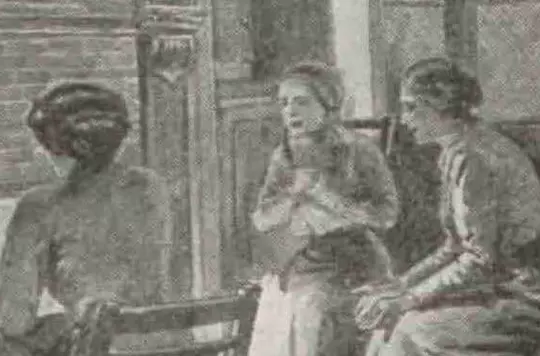
Virtuous bodies and women who miss trains
Find out about Olive Christian Malvery Mackirdy and how she helped The Salvation Army
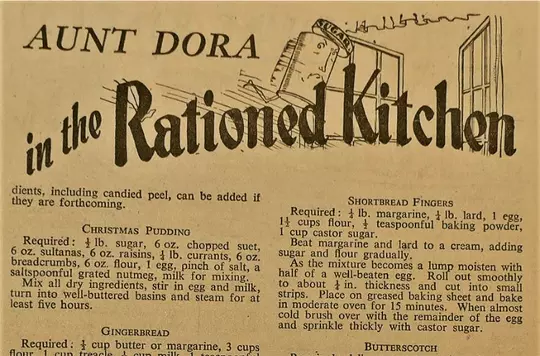
The Great British (Archival) Bake Off
Discover some of The Salvation Army's archival recipes and our experiences reproducing them.
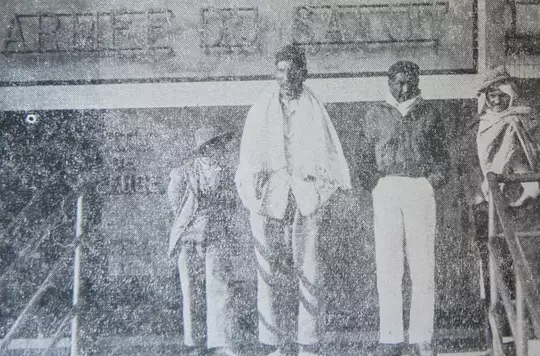
Guest blog: Soup, Soap, and Salvation: The Armée du Salut in French Guiana
Our fourth guest blog is written by Clare Anderson, Professor of History at the School of History, Politics & International Relations, University of Leicester